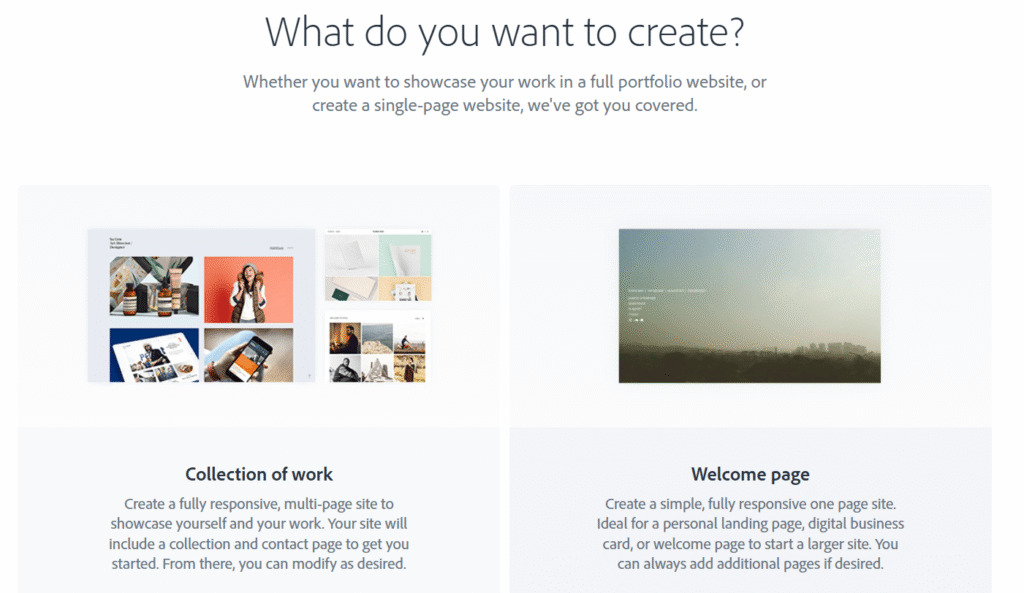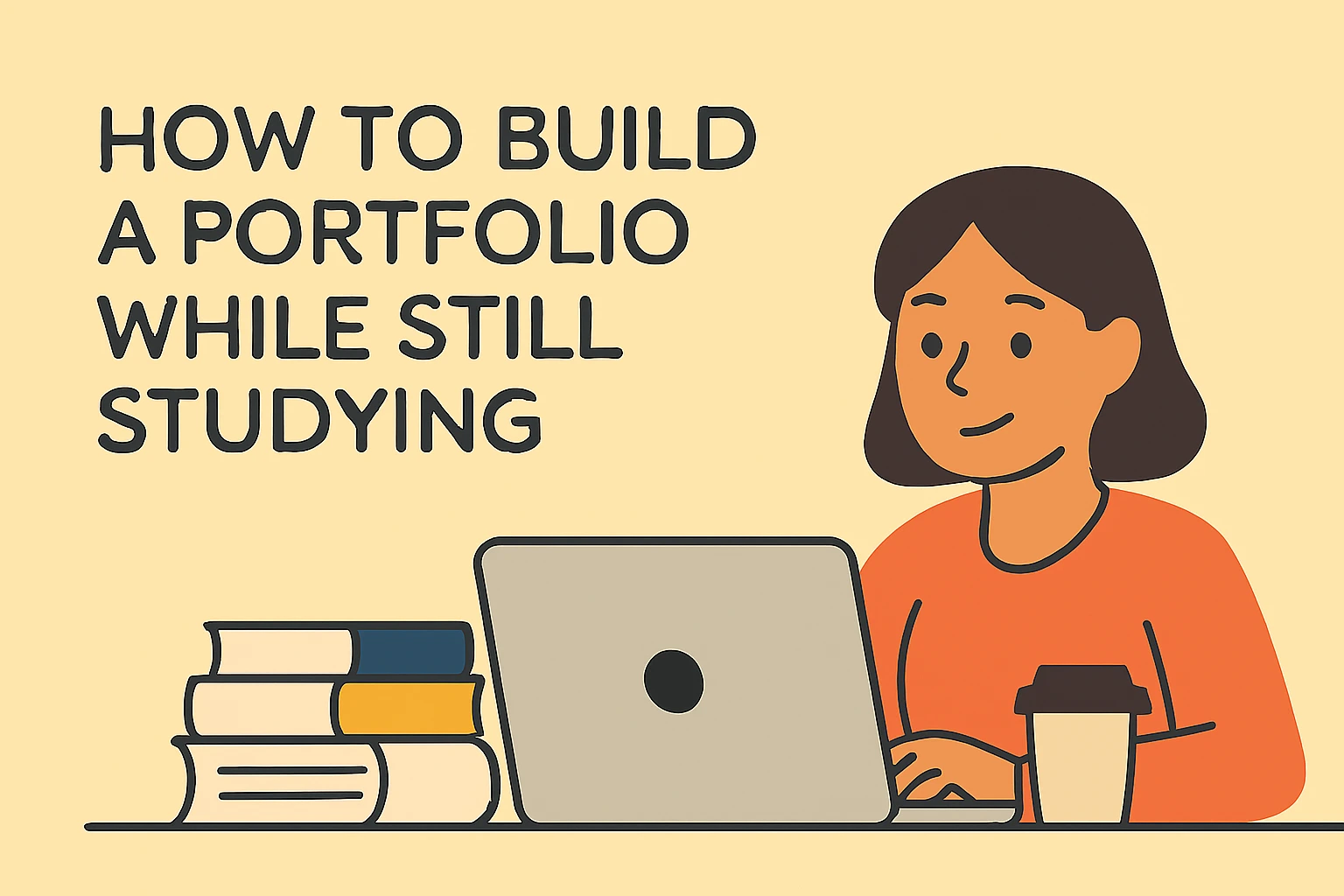You need proof. And that proof lives in your portfolio. You don’t need a job title to start building your career.
Whether you’re a designer, writer, strategist, coder, or advocate; your portfolio is how you show the world what you’ve built, how you think, and what you care about. It’s not just for creatives. It’s for anyone who wants to be taken seriously.
What Is a Portfolio, Really?
A portfolio is a curated collection of your work. It’s not a folder of everything you’ve ever done. It’s a highlight reel. A story. A signal to future employers that you’re already thinking like a professional.
Depending on your field, it might include:
- Case studies or project summaries
- Writing samples, designs, or code snippets
- Campaigns, presentations, or event plans
- Volunteer work or advocacy efforts
- Reflections on what you learned and how you grew
The goal isn’t perfection. It’s progress.
Why Start Now?
Because waiting until graduation is too late.
Employers want to see initiative. They want to know you’ve applied your skills in real settings.. even if those settings were student-led, freelance, or self-started.
Starting now means:
- You have time to experiment and refine
- You can build a body of work that reflects your growth
- You’ll be ready when opportunities show up
What Counts as Portfolio-Worthy?
More than you think.
If you’ve led a group project, organized a campus event, written a blog post, built a prototype, or created a reel that resonated; those are all portfolio-worthy.
Ask yourself these 3 questions:
- Did I solve a problem?
- Did I create something with impact?
- Did I learn something worth sharing?
If yes, document it. Screenshot it. Write a short summary. Save it somewhere safe.
How to Structure It
Keep it simple. Whether it’s a Google Drive folder, a Notion page, or a personal website, your portfolio should be:
- Clear: Each piece should have a title, short description, and your role
- Curated: Choose 5–8 strong pieces that reflect your range
- Contextual: Explain the problem, your process, and the outcome
- Visual: Include images, slides, or mockups where possible
If you’re applying for internships or freelance gigs, tailor your portfolio to the role. Highlight relevant work. Cut the clutter.

And there are many more tools like this to customise your own portfolio. Even nowadays many companies have created their own portfolio in order to get more audience and to build a trust among the clients. If you still have any confusions regarding how to start or where you can start, try to check some company profiles. They may attached them in their profile. Or you can also check some individuals, especially who has some achievements in your campus, may be your seniors or even a junior. You can check those also before touching your own portfolio. We don’t have to add more texts on the portfolio like paragraphs. You can just make it like a simple storytelling book.
What If You Don’t Have Much Yet?
Start small.
Pick one thing you’ve done that you’re proud of. Write a short reflection. Add visuals if you can. Then build from there.
You can also:
- Volunteer for student-led projects
- Offer your skills to NGOs or community groups
- Start a blog, podcast, or Instagram series
- Join competitions or hackathons
- Collaborate with friends on creative experiments
Every piece you create is a step forward.
Finally… Dear Buddies…
Your portfolio isn’t just a collection of work. It’s a reflection of your mindset.
It says: “I’m not waiting to be hired. I’m already building.”
Start now. Build as you grow. And when the time comes to apply, you won’t just have a CV.. you’ll have a story!







